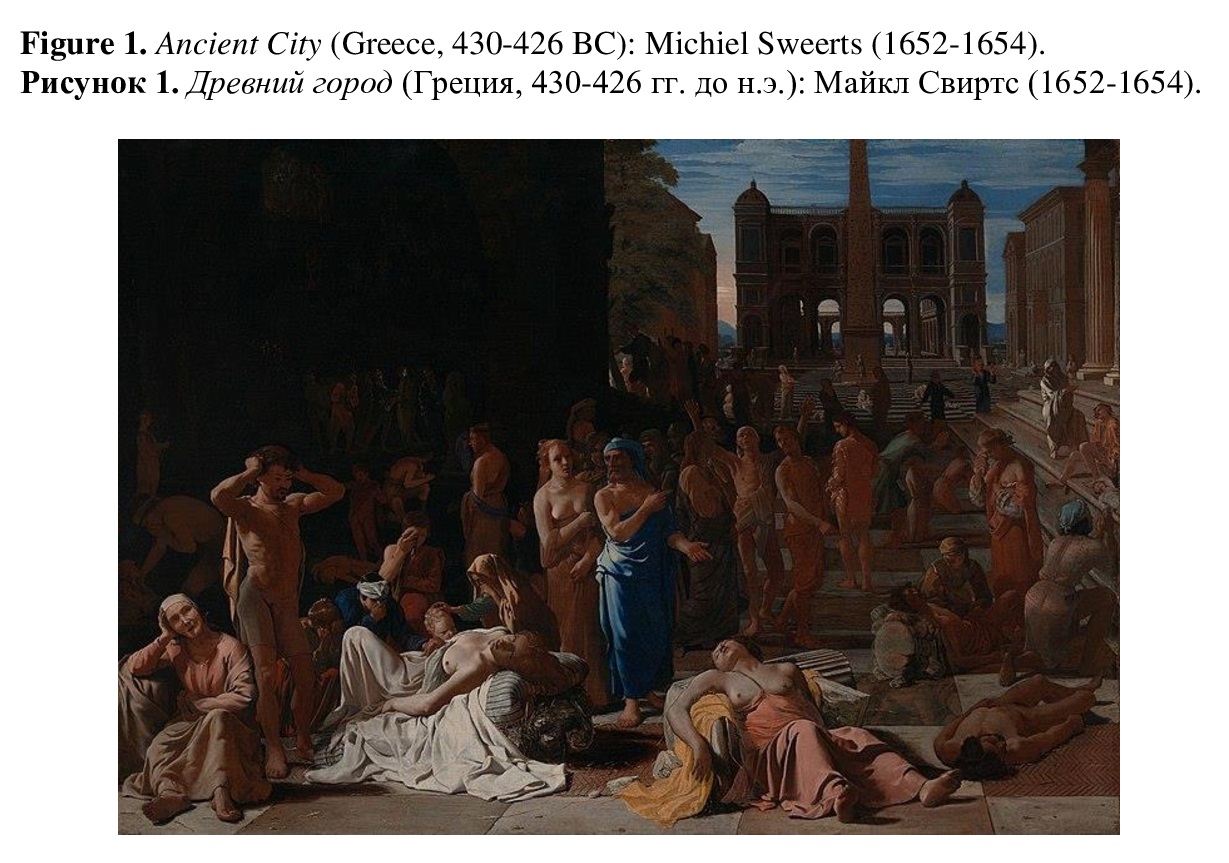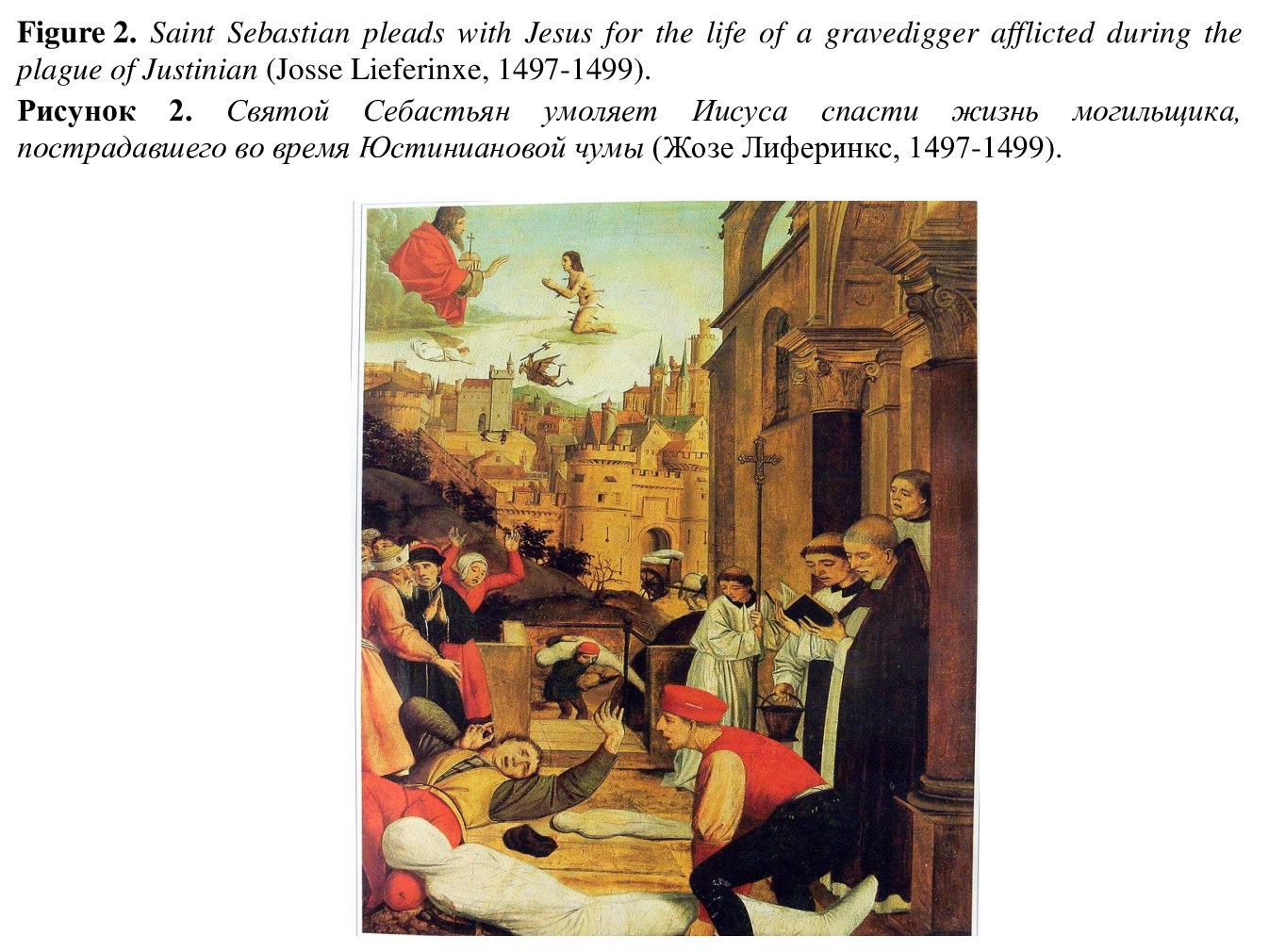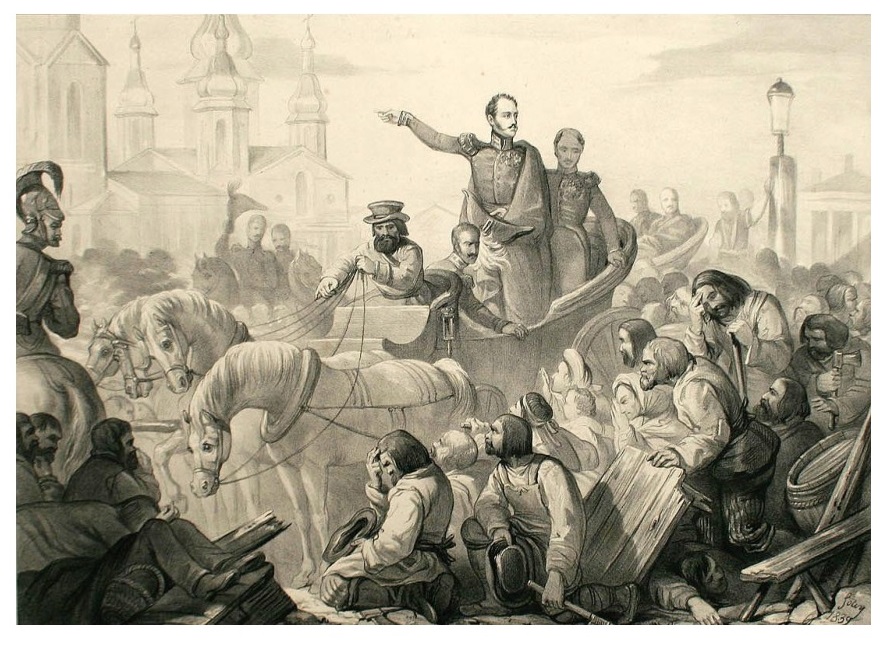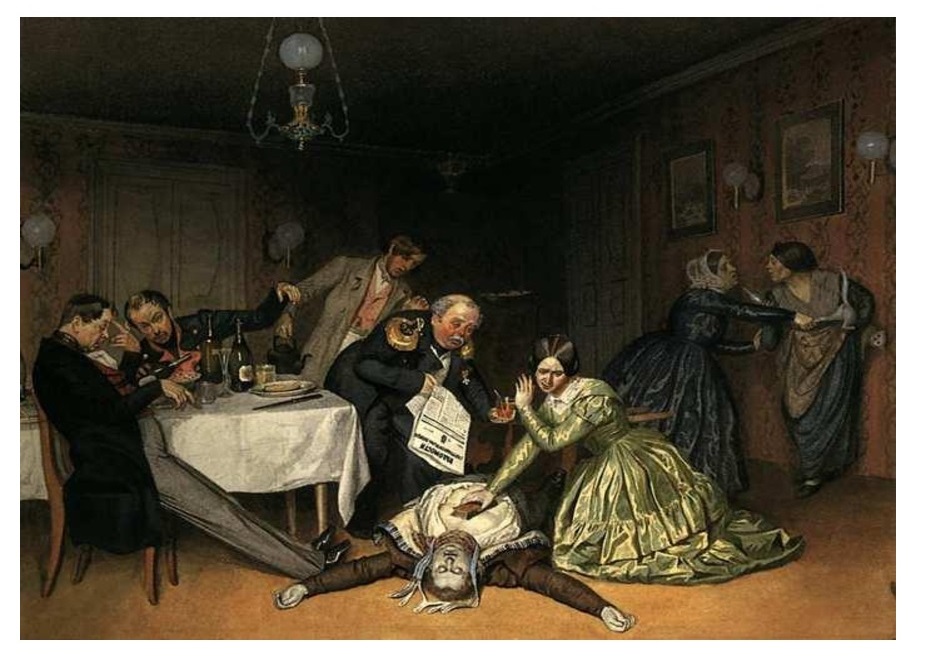Epidemics and World Literature: Transformations of Social Behaviour in Boccaccio’s “The Decameron”, A. Pushkin’s “A Feast in the Time of Plague”, and A. Camus’ “The Plague”
This study focuses on three significant works of world literature (Boccaccio’s “The Decameron”, Alexander Pushkin’s “A Feast in the Time of Plague, Albert Camus’ “The Plague”), in which the main theme and artistic reference are centered around the spread of epidemics and the resulting human behaviours. Such themes (including Covid-19) have attracted and continue to attract numerous artists. The study aims to scrutinize the aforementioned three literary works and uncover the behaviours displayed by people during epidemics at the time of broader crises. The study has two main objectives: 1. to identify various models of human behaviour that emerge as a result of psychological pressure during moments of broader danger; 2. to interpret these models and uncover significant existential-ontological messages contained in their inner domains within the context of the literary texts in the context of these literary works. The scientific novelty of this study lies in its examination of the works of Boccaccio, Pushkin, and Camus, where epidemics are regarded as distinctive and crucial factors of the situation that give rise to behavioural deviations. These deviations, in turn, infuse the narratives with mystery and provide an opportunity to analyze and unveil various vulnerable and strong aspects of human psychology. The pertinence of the study stems from its interdisciplinary approach. It unfolds through a series of inter-interpretive-examination processes across diverse disciplines such as Literary Studies, Philosophy and Art. The methods of both general scientific approaches (analysis, comparison) and historical, literary studies, and the combination of image and text were used.
Figures




Hambardzumyan, N. V., Soghoyan, A. V., Sargsyan, M. H. (2025). Epidemics and World Literature: Transformations of Social Behaviour in Boccaccio’s “The Decameron”, A. Pushkin’s “A Feast in the Time of Plague”, and A. Camus’ “The Plague”, Research Result. Theoretical and Applied Linguistics, 11 (1), 125-143.


















While nobody left any comments to this publication.
You can be first.
Aikhenvald, Yu. I. (2017). Siluety russkikh pisateley (Silhouettes of Russian Writers), in 2 Books, Book 1, Direct-Media, Moscow, Berlin, Russia, Germany. (In Russian)
Damgaard, P. d. B., Marchi, N., Rasmussen, S. et al. (2018). 137 ancient human genomes from across the Eurasian steppes, Nature, 557, 369–374. https://doi.org/10.1038/s41586-018-0094-2(In English)
Doherty, P. (2021). An Insider’s Plague Year, Melbourne University Publishing Ltd. https://doi.org/10.2307/jj.1176880(In English)
Eroshenko, G. A., Nosov, N. Y., Krasnov, Y. M., Oglodin, Y. G., Kukleva, L. M., Guseva, N. P., Kuznetsov, A. A., Abdikarimov, S. T., Dzhaparova, A. K. and Kutyrev, V. V. (2017). Yersinia pestis strains of ancient phylogenetic branch 0.ANT are widely spread in the high-mountain plague foci of Kyrgyzstan, PLoS ONE 12(10): e0187230. https://doi.org/10.1371/journal.pone.0187230(In English)
Haller, E. K. (2012). Dante Alighieri, in Matheson, L. M. (ed.), Icons of the Middle Ages: Rulers, Writers, Rebels, and Saints, Vol. 1, Greenwood, Santa Barbara, USA, 243–271. (In English)
Kaniewski, D., Marriner, N. (2020). Conflicts and the spread of plagues in pre-industrial Europe, Humanities and Social Sciences Communications, 7, 162. https://doi.org/10.1057/s41599-020-00661-1(In English)
Murray, Ch. (2003). Human accomplishment: the pursuit of excellence in the arts and sciences, 800 B.C. to 1950 (1st ed.), Harper Collins, New York, USA. (In English)
Ovsyaniko-Kulikovsky, D. N. (1989). Literaturno-kriticheskiye raboty (Literary critical works). In 2 Vols., Vol. 1. Articles on the theory of literature; Gogol; Pushkin; Turgenev; Chekhov: Khudozhestvennaya Literatura, Moscow, Russian SFSR. (In Russian)
Robb, J., Cessford, C., Dittmar, J., Inskip, S. A. and Mitchell, P. D. (2021). The greatest health problem of the Middle Ages? Estimating the burden of disease in medieval England, International Journal of Paleopathology, 34, September, 101–112. https://doi.org/10.1016/j.ijpp.2021.06.011(In English)
Rossi, L. R. (1958). Albert Camus: The Plague of Absurdity, The Kenyon Review, 20, 3, 399–422. (In English)
Sarris, P. (2002). The Justinianic plague: origins and effects. Continuity and Change, 17, 2, August, 169–182. (In English)
Snowden, F. M. (2019). Epidemics and Society: From the Black Death to the Present, Yale University Press. https://doi.org/10.2307/j.ctvqc6gg5(In English)
Spyrou, M. A., Musralina, L., Gnecchi Ruscone, G. A., Kocher, A., Borbone, P.-G., Khartanovich, V. I., Buzhilova, A., Djansugurova, L., Bos, K. I., Kühnert, D., Haak, W., Slavin, P. and Krause, J. (2022). The source of the Black Death in fourteenth-century central Eurasia, Nature, 606, 718–724. https://doi.org/10.1038/s41586-022-04800-3(In English)
Willem, F. (2018). Studies in the History of Medicine in Iran, Mazda Publishers, Costa Mesa, USA. (In English)
Corpus Materials
Aronson, R. (2017). Albert Camus, in Zalta E. N (ed.), The Stanford Encyclopedia of Philosophy, Summer Edition, available at: https://plato.stanford.edu/entries/camus/ (Accessed 15 March 2025) (In English)
Arrizabalaga, J., Bjork, R. E. (ed.) (2010). The Oxford Dictionary of the Middle Ages, Oxford University Press, Oxford, United Kingdom. DOI: 10.1093/acref/9780198662624.001.0001 (In English)
Briko, N. I. (2017). Epidemic, in Bolshaya rossiyskaya entsiklopediya [Great Russian Encyclopedia], 35, Moscow, Russia. (In Russian)
Boccaccio, G. (1972). The Decameron, Translated by Vahuni, S., Hayastan, Yerevan, Armenian SSR. (In Armenian)
Camus, A. (1991). The Plague, Translated from French by Keshishyan, G., Apollo, Yerevan, Armenia. (In Armenian)
Camus, A. (2009). Iz zapisnykh knizhek (Notebooks): Copybook number III: April 1939 to February 1942. Translated from French by Grinberg, O., Malchina, V., Galtseva, Y., Ast, Moscow, Russia. (In Russian)
Camus, A. (1970). Lyrical And Critical Essays, Translated by Kennedy, E. C., Thody, Ph. (ed.), Vintage Books, New York, USA. (In English)
Cheng, M. (2014). Plague DNA found in ancient teeth shows medieval Black Death, 1,500-year pandemic caused by same disease, National Post, January 28. (In English)
Dante, A. (1969). The Divine Comedy, Translated by Tayan A., Academy of Sciences of the Arm. SSR, Yerevan, Armenian SSR. (In Armenian)
Plutarch (2001). Parallel Lives, Sargis Khachents, compiled and translated from ancient Greek by Grkasharyan S.,Yerevan, Armenia. (In English)
Pushkin, A. (1960). Set of Works in 10 Vols, Vol 4., Khudozhestvennaya Literatura, Moscow, Russian SFSR. (In Russian)
Pushkin, A. (1965). Complete Set of Works in 10 Vols, Vol. 10, Letters (1815-1837), Academy of Sciences of the USSR, The Institute of Russian Literature “Pushkin’s House”, Nauka, Moscow, Russian SFSR. (In Russian)
Stathakopoulos, D. (2018). Plague, Justinianic: Early Medieval Pandemic, in The Oxford Dictionary of Late Antiquit, Oxford University Press, Oxford, United Kingdom. DOI: 10.1093/acref/9780198662778.001.0001 (In English)
Thucydides (2022). The History of the Plague of Athens, Legare Street Press, London, United Kingdom. (In English)
Yepishkin, N. I. (2010). Istoricheskiy slovar’ gallitsizmov russkogo yazyka [Historical Dictionary of Gallicisms in the Russian Language], Dictionary Publishing House ETS., Moscow, Russia (In Russian)
Zharov, S. N. (2014). Pandemic, Bol’shaya rossiyskaya entsiklopediya [Great Russian Encyclopedia]. vol. 25. Moscow, Russia. (InRussian)
The work was supported by the Higher Education and Science Committee of RA, within the framework of Research project No 23PTS-6B005.